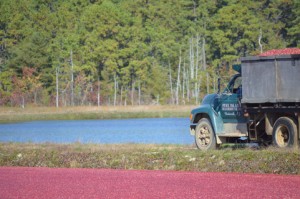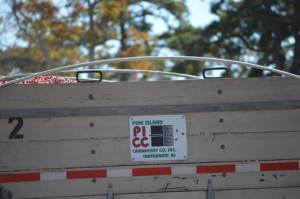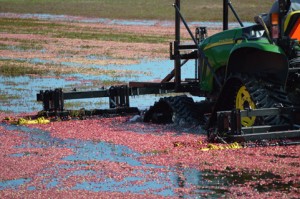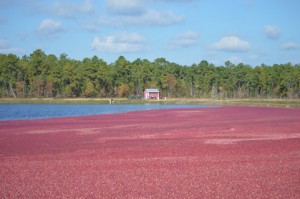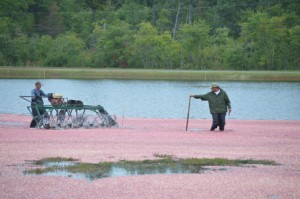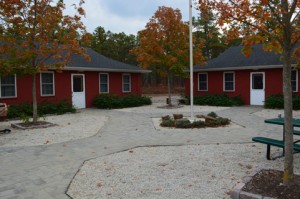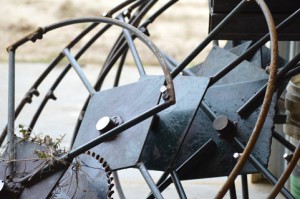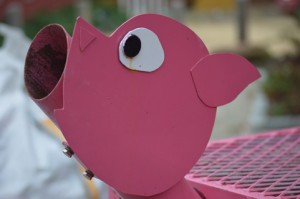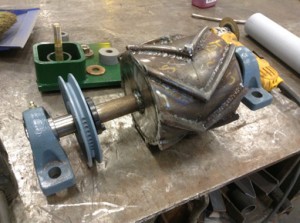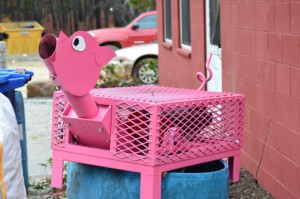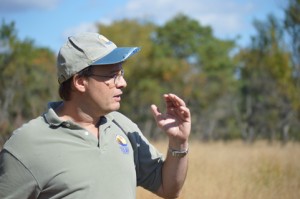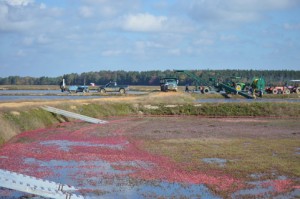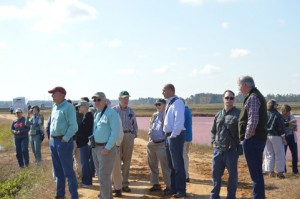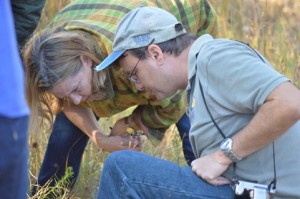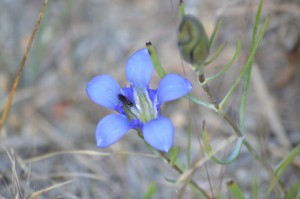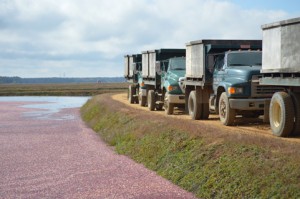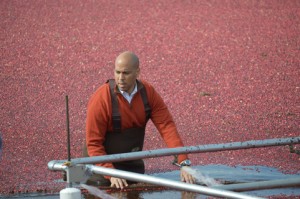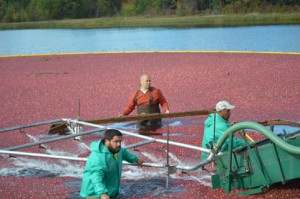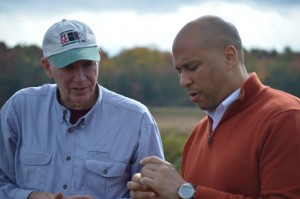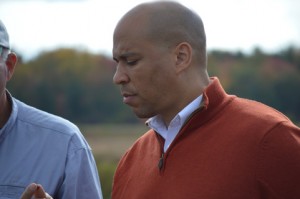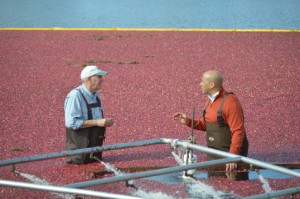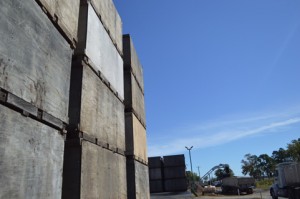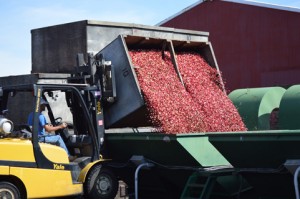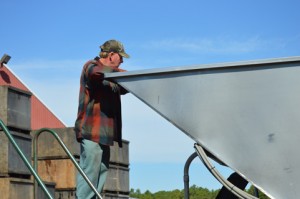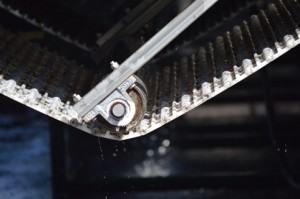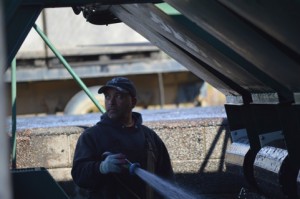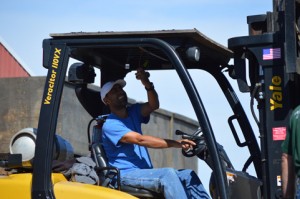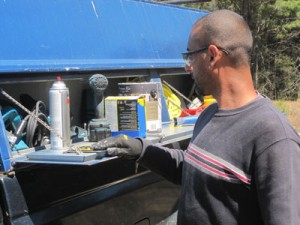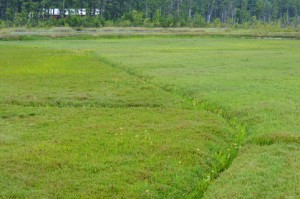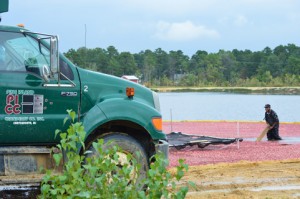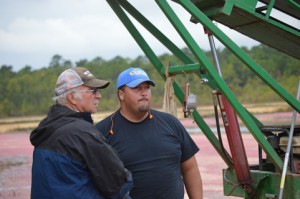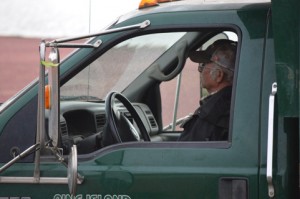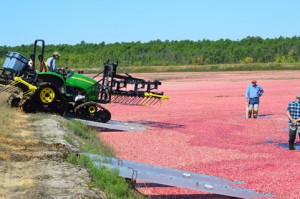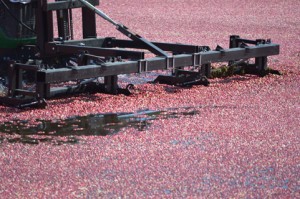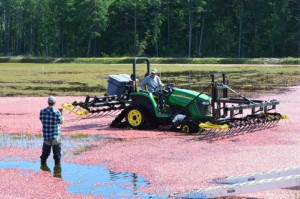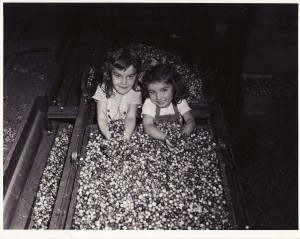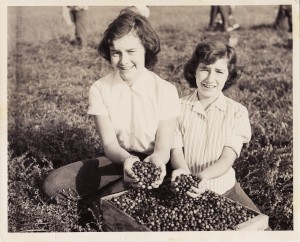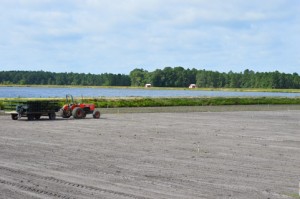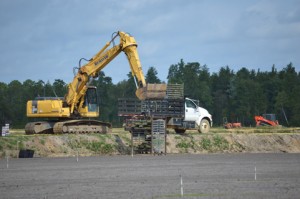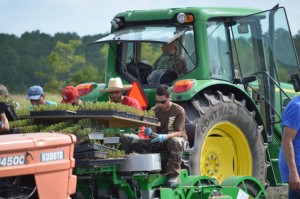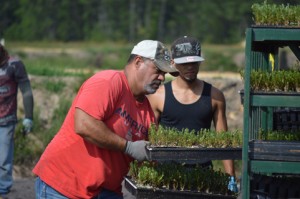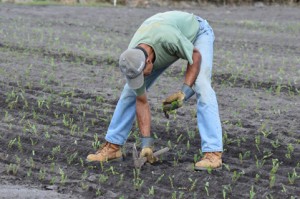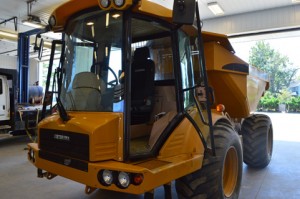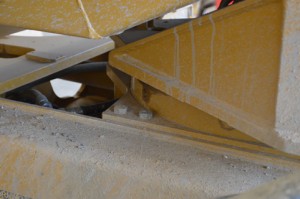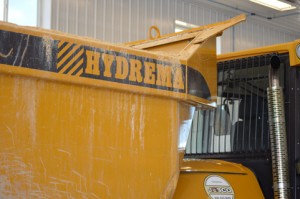Another year, another excellent harvest!
“A lot of good news this year,” says GM Fred Torres. “We broke records on all kinds of bogs this year: new bogs, old bogs, big ones, small ones. The berries were smaller this year, which means less weight and fewer barrels, but even with that we were able to increase the number of berries per acre we grew this year. That’s just fantastic.” A cooler August this year meant smaller fruit. “The berries need some heat in August,” he says. “But we had cooler temperatures this year than we normally do, which starts the color a little earlier and means they’re not going to grow anymore. But we’re still really happy with the crop; we can’t control the weather, but we did everything else we had to do when we had to do it and still brought in an average of over 236 barrels per acre. We can be proud of that.”
Another big triumph this year was the success of the Gates Harrow. “We’re very pleased with Gates Harrow and the time that it takes to do a bog,” Fred says. “Not rushing, just setting the normal pace the machine needs to run. And it picks clean.” The learning curve was a little steep at first, as you would expect. Team member Mickey Mercado had to learn how to move the ramps around as well as set them up for the machine; it has to be right so the tractor can easily turn around with as little overlap as possible. Fred says they got it down to a science: “By the end of the season, Rick [Zapata] couldn’t catch him. He would get to the end, and Mickey would be waiting already. If the guy on the tractor slows down, it’s going to slow down the guy who’s picking. At no time did Rick have to stop because he had to wait for Mickey. They both did really well.” Team members Joel DeJesus and Caesar Colon also put in some time on the new equipment, so when we eventually add another, we’ll have team members who are ready.
We also found out that we can run two crews with one Gates Harrow. “We have to manage the time well, but it can be done,” Fred says. During that particular experiment, the team members usually assigned to the smaller machines were able to do work elsewhere (such as bog clean-up after harvesting), making it an efficient use of time.
Best of all, everyone worked really well together. It can be tough; the crews are out there seven days a week for five weeks, and everyone gets tired toward the end. But we had a strong finish! “We set our target to finish by the end of the month, and we did,” says Fred. “We were done before the weekend and it was great! The weather was good, too. We had the one rough day, which was a little chilly with a lot of rain, but other than that it was good.” And we’re already using the season as a learning experience. “We’re always looking for ways to improve on the good stuff we already have: we have a great team, we have great equipment, but we can always challenge ourselves to do better. We know we can grow ‘em; we did it this year. But we have a lot of work to do this winter, and at the end of it, we’re going to come out of it working more efficiently than we ever have.”

